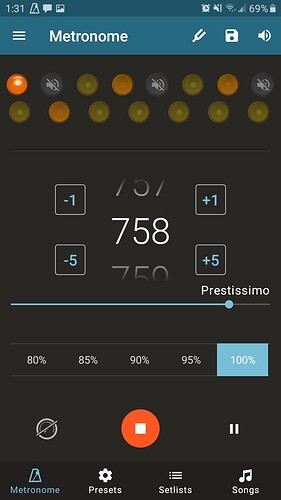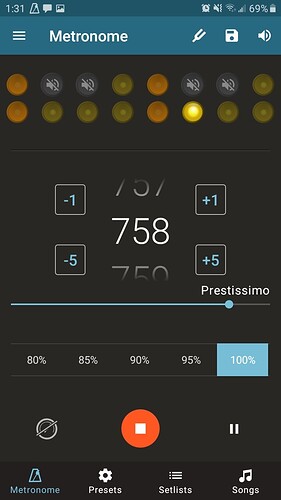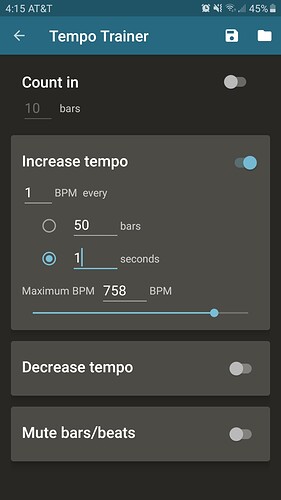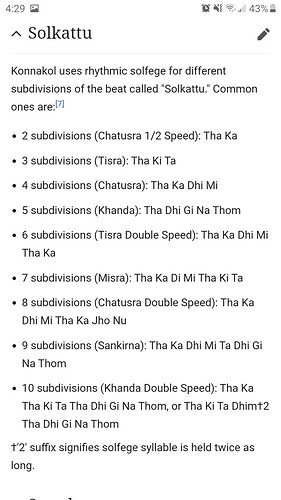Yes for myself when I do tremolo picking, I will use elbow with the thumb for coordination. But this has taken me significate daily practice, probably two years, to overcome this hurdle to get control as well as speed. And I find these specific metronome burst patterns with the percentages to help, and focusing on 2 specific fragments, the diminished sextuplet tetrachord loop around lick 15, 14, 12, 11, 12, 14, and the sixteenth rhythm chromatic pattern based on the harmonic minor tritone phrygian dominant 2,3,2,1.
This is my metronome setting for sextuplet speed practice. If you are doing tremolo I would suggest lowering the tempo at first if youre having trouble maintaining the triplet feel, then start ramping it up.
I start at 80% and cycle through the percentages.
This is the pattern I use for sixteenths. I start at 80% and cycle through the percentages.
If you feel like you can burst longer then do it until you crap out. 
When talking speed you really need to analyze what youre doing, and you better try to find the least path of resistance, using your strengths to your advantages.
Also understand that there is this finger language you are also trying to teach yourself, much like our mouths speak the language. So it can take a few days for specific patterns to sink into your subconcious so this is probably why they say dont spend to much time on a lick cause your body is trying to learn this wierd fingering thing youre trying to do.
Thats why I was showing you guys two simplistic exercises for speed training. Because in weightlifting if you never attempt heavy weight you wont ever get stronger. So just remember sometimes you will have to push yourself even if that means mental and physical anguish. And those exercises should make practicing speed in the beginning more approachable.
So in conclusion using those first few segmented beats helps speed up lagging spots in your hands. It will take consistent practice, and time to gain speed. And you might even need to offset those segmented patterns or start on an off beat to work every area of the fragment or lick out to help develop speed in every instance of movement. Nahre Sol has a great video on this sort of practice, this is why I believe gypsy jazz players are so fast is because of swing tempo.


 But I think it’s good to point out playing that looks ok and sounds good could possibly be better, due to some small (or in my case not so small lol) inefficiency.
But I think it’s good to point out playing that looks ok and sounds good could possibly be better, due to some small (or in my case not so small lol) inefficiency.











